#edible mushrooms
Text
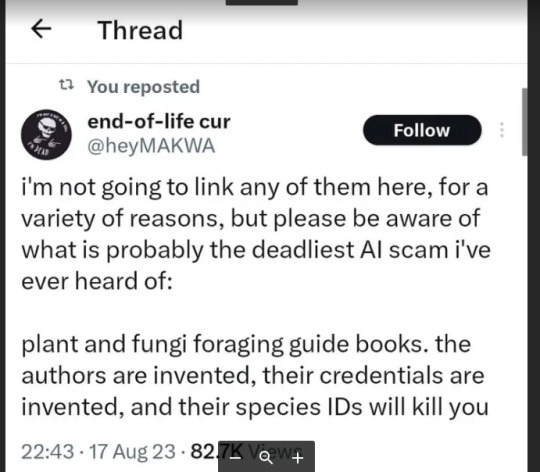
ETA: I wrote up a guide on clues that a foraging book was written by AI here!
[Original Tweet source here.]
[RANT AHEAD]
Okay, yeah. This is a very, very, very bad idea. I understand that there is a certain flavor of techbro who has ABSOLUTELY zero problem with this because "AI is the future, bro", and we're supposed to be reading their articles on how to use AI for side hustles and all that.
I get that ID apps have played into people's tendency to want quick and easy answers to everything (I'm not totally opposed to apps, but please read about how an app does not a Master Naturalist make.) But nature identification is serious stuff, ESPECIALLY when you are trying to identify whether something is safe to eat, handle, etc. You have to be absolutely, completely, 100000% sure of your ID, and then you ALSO have to absolutely verify that it is safely handled and consumed by humans.
As a foraging instructor, I cannot emphasize this enough. My classes, which are intended for a general audience, are very heavy on identification skills for this very reason. I have had (a small subsection of) students complain that I wasn't just spending 2-3 hours listing off bunches of edible plants and fungi, and honestly? They can complain all they want. I am doing MY due diligence to make very sure that the people who take my classes are prepared to go out and start identifying species and then figure out their edibility or lack thereof.
Because it isn't enough to be able to say "Oh, that's a dandelion, and I think this might be an oyster mushroom." It's also not enough to say "Well, such-and-such app says this is Queen Anne's lace and not poison hemlock." You HAVE to have incredibly keen observational skills. You HAVE to be patient enough to take thorough observations and run them through multiple forms of verification (field guides, websites, apps, other foragers/naturalists) to make sure you have a rock-solid identification. And then you ALSO have to be willing to read through multiple sources (NOT just Wikipedia) to determine whether that species is safely consumed by humans, and if so if it needs to be prepared in a particular way or if there are inedible/toxic parts that need to be removed.
AND--this phenomenon of AI-generated crapola emphasizes the fact that in addition to all of the above, you HAVE to have critical thinking skills when it comes to assessing your sources. Just because something is printed on a page doesn't mean it's true. You need to look at the quality of the information being presented. You need to look at the author's sources. You need to compare what this person is saying to other books and resources out there, and make sure there's a consensus.
You also need to look at the author themselves and make absolutely sure they are a real person. Find their website. Find their bio. Find their social media. Find any other manners in which they interact with the world, ESPECIALLY outside of the internet. Contact them. Ask questions. Don't be a jerk about it, because we're just people, but do at least make sure that a book you're interested in buying is by a real person. I guarantee you those of us who are serious about teaching this stuff and who are internet-savvy are going to make it very easy to find who we are (within reason), what we're doing, and why.
Because the OP in that Tweet is absolutely right--people are going to get seriously ill or dead if they try using AI-generated field guides. We have such a wealth of information, both on paper/pixels and in the brains of active, experienced foragers, that we can easily learn from the mistakes of people in the past who got poisoned, and avoid their fate. But it does mean that you MUST have the will and ability to be impeccably thorough in your research--and when in doubt, throw it out.
My inbox is always open. I'm easier caught via email than here, but I will answer. You can always ask me stuff about foraging, about nature identification, etc. And if there's a foraging instructor/author/etc. with a website, chances are they're also going to be more than willing to answer questions. I am happy to direct you to online groups on Facebook and elsewhere where you have a whole slew of people to compare notes with. I want people's foraging to be SAFE and FUN. And AI-generated books aren't the way to make that happen.
#foraging#mushroom foraging#plant foraging#mushrooms#edible plants#edible mushrooms#wild foods#food#nature#AI#fungus#fungi#poisonous mushrooms#poisonous plants#botany#mycology#rant
4K notes
·
View notes
Text
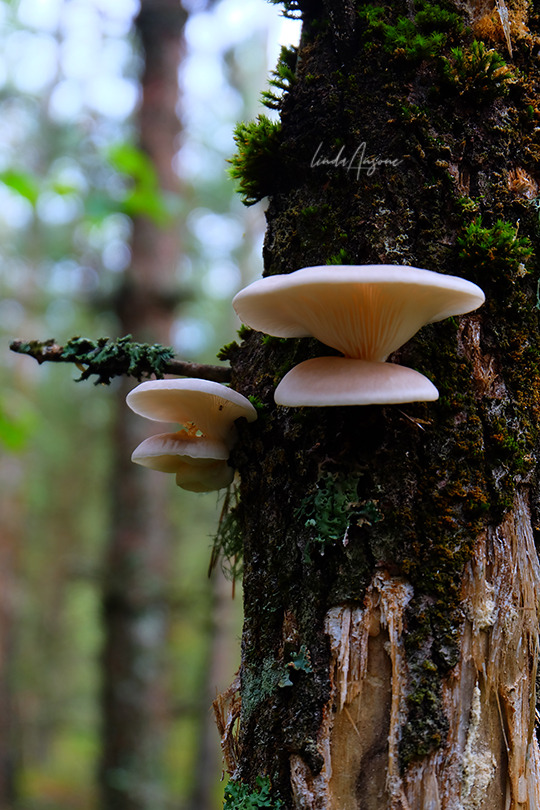

#oyster mushroom#oyster fungi#mushrooms#fungi#mycology#mushroom photography#edible mushrooms#nature#nature photography#original photography#photographers on tumblr#pleurotus ostretatus#or#Pleurotus cornucopiae#?
504 notes
·
View notes
Text
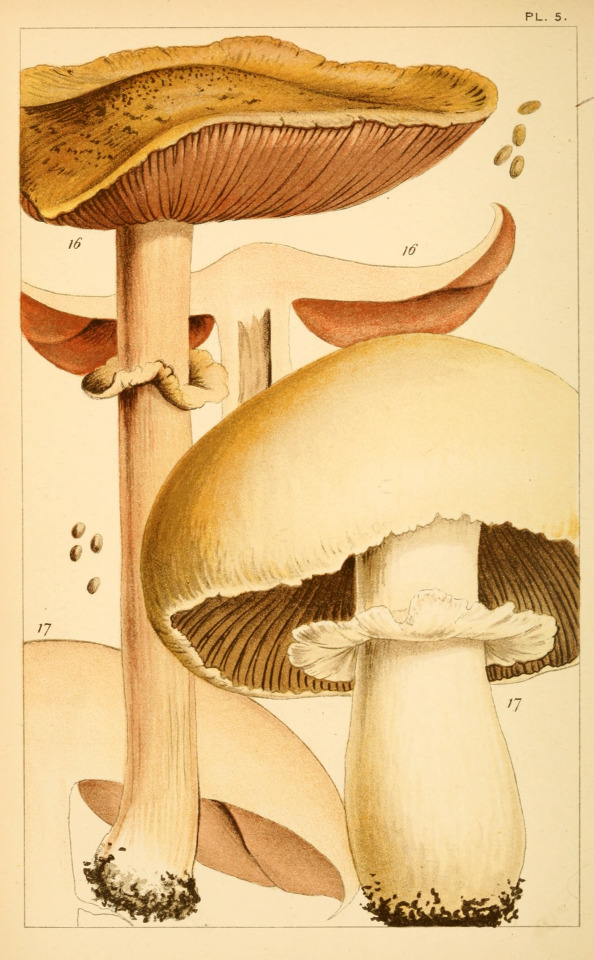
Plate 5. British edible fungi : how to distinguish and how to cook them. 1891.
Internet Archive
424 notes
·
View notes
Text
:)
Man-made horrors within my comprehension
#ai#chatbots#ai scam#ai scams#be careful out there!#foraging#mushrooms#mushroom foraging#fungi#fungi foraging#edible mushrooms#man-made horrors within my comprehension#man made horrors
450 notes
·
View notes
Text


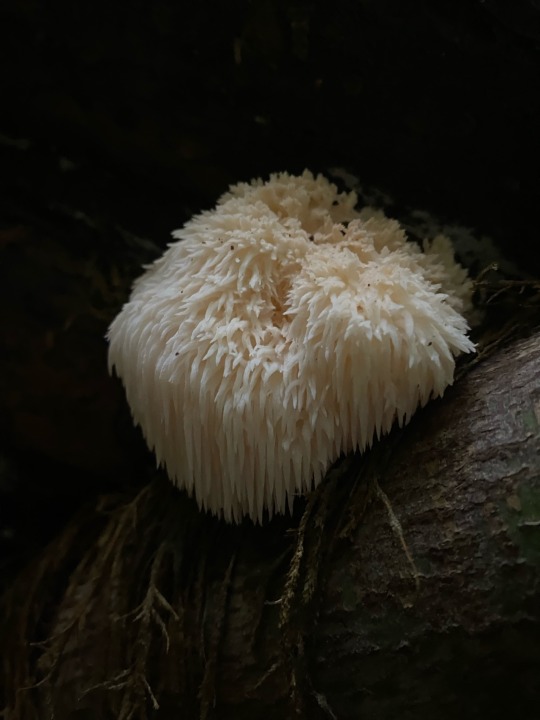
papa bear..
moma bear..
baby bear..
Hericium erinaceus..some prefer different nicknames but it reminds me of a bears head at maturity..fruiting reliably on a fallen maple log..
272 notes
·
View notes
Text
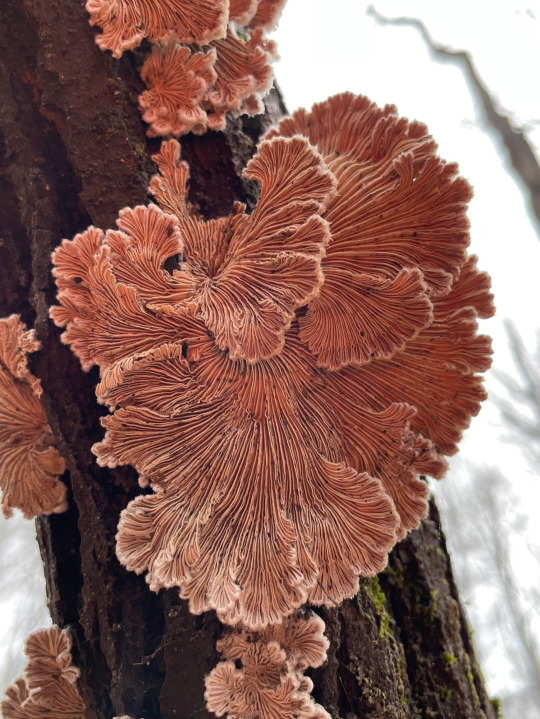
Here are some nice mushrooms
#goblincore#mushrooms#cottagecore#fairycore#mushies#fairy aesthetic#wild mushrooms#cottage aesthetic#fungi#fungus#mushroom photography#fungicore#fungi photography#fungifanatic#wild fungi#fungifreaks#naturecore#nature photography#edible mushrooms
81 notes
·
View notes
Text
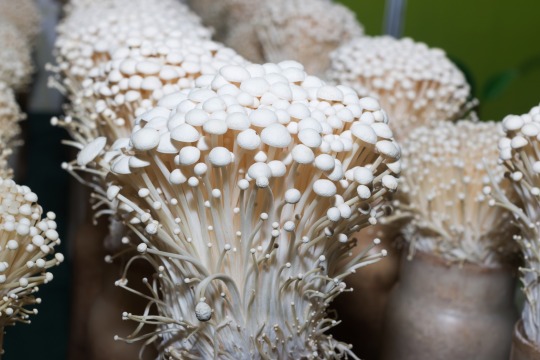
Enoki mushrooms
#enoki#enoki mushrooms#mushrooms#edible mushrooms#fungi#fungus#fungi photography#upload#not mine#mycology#mycophile#mycophilia#white
1K notes
·
View notes
Text


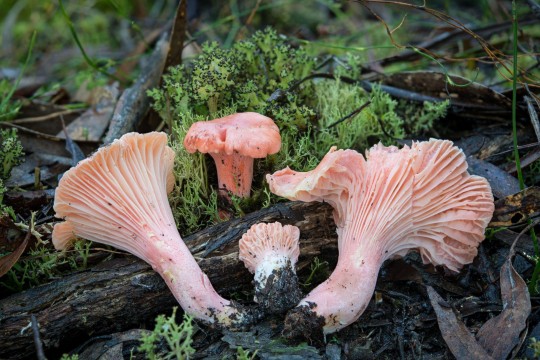
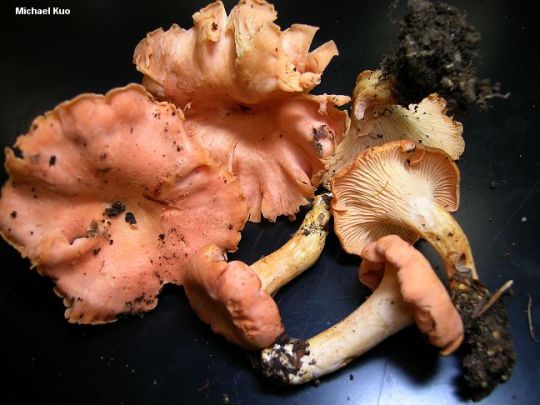
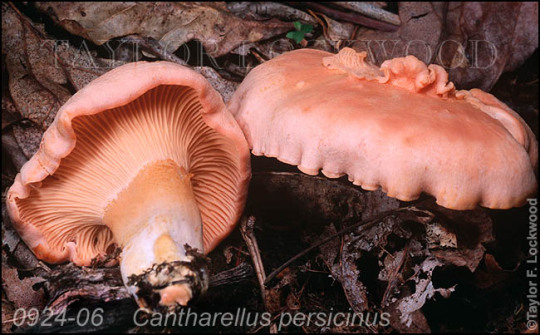
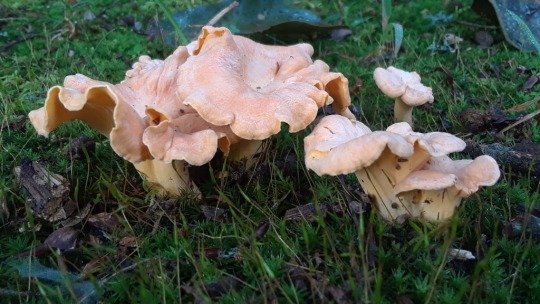

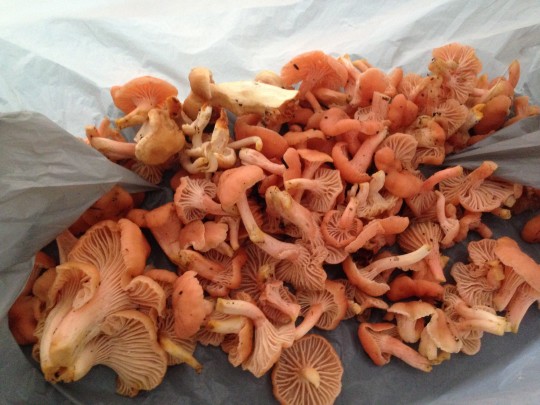
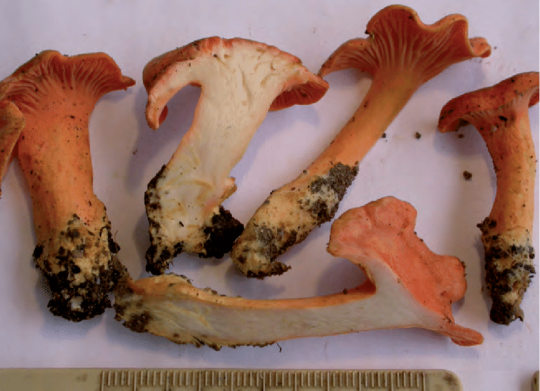
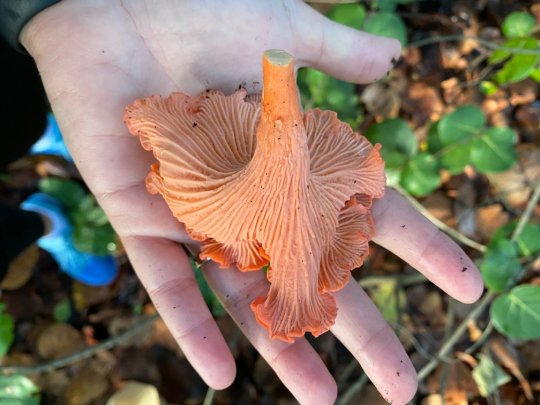
cantherellus persinicus (peach or pink chanterelle), common in Appalachian U.S. 🩷
#mushroom#pink chanterelle#peach chanterelle#cantharellus persicinus#foraging#forage#foragecore#edible#edible mushrooms#choice mushrooms#appalachia#appalachian mountains#chanterelle#delicious#nature#naturecore#pink#peach#pretty#unusual
304 notes
·
View notes
Text


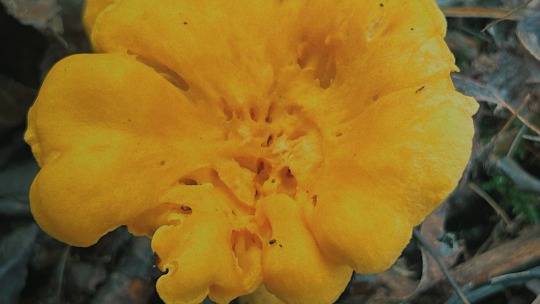
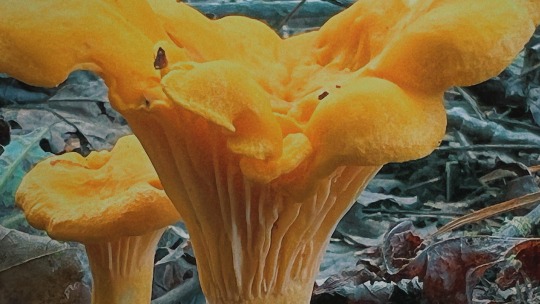
Golden Chanterelles (I think?)
21-Aug-2023
#chanterelle#mushroom#mushroomcore#goblincore#fungi#fungi aesthetic#forest floor#forest aesthetic#nature#nature photography#edible mushrooms#❓#mycology#foraging
184 notes
·
View notes
Photo
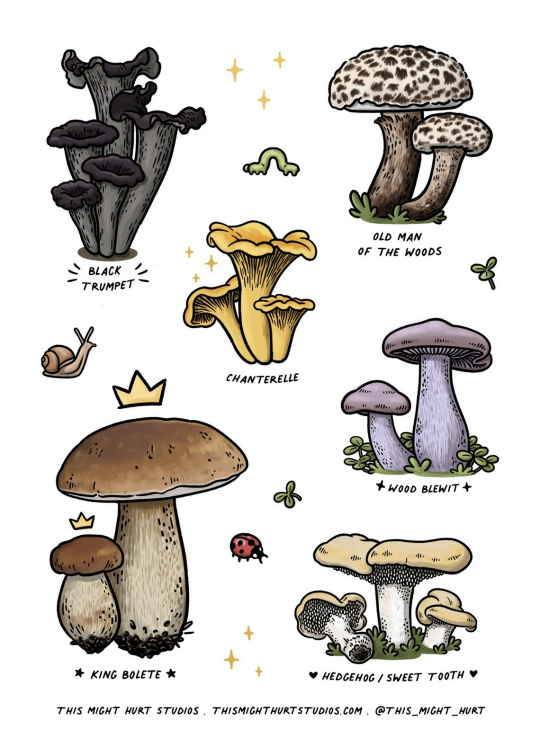
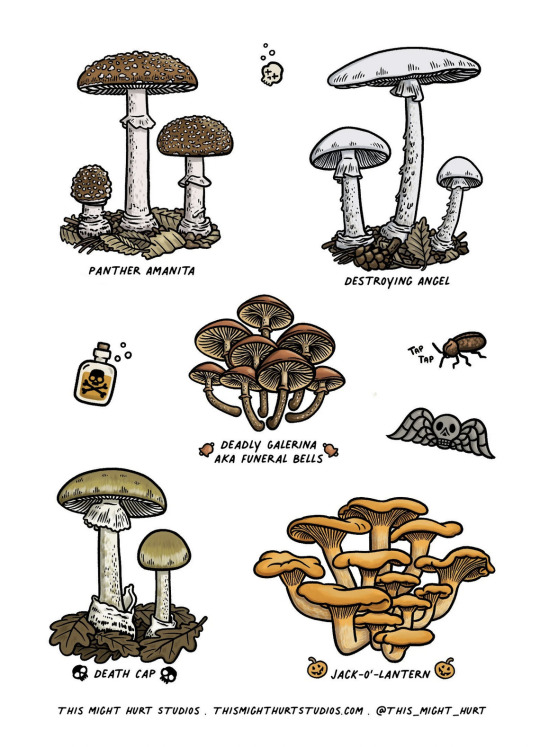
Edible & Poisonous Mushroom Stickers from ThisMightHurtStudios
#sticker#sticker sheet#sticker set#mushroom#fungi#mushrooms#edible mushrooms#poisonous mushrooms#stickers
1K notes
·
View notes
Text

Cinnabar Chanterelles
Cantharellus subg. Cinnabarinus


Like their larger bright yellow cousins, these small reddish orange chanterelles feature false gills which do not easily flake away; likewise, this characteristic helps distinguish them from poisonous lookalikes such as the jack o' lantern mushroom.
Edible (at your own risk). Always have a positive ID before trying any wild mushroom you forage.
Aug. 15th, 2023
St. Louis County, Missouri, USA
Olivia R. Myers
@oliviarosaline
#nature#mushrooms#mushroom#mycology#woods#forest#forest floor#foraged food#foraging#forage#foraging mushrooms#foraged fungi#fungi#moss#mossy scene#fairy core#fairycore#cottage core#cottagecore#forestcore#naturecore#edible mushrooms#chanterelle#chanterelles#cinnabar chanterelles#orange mushrooms#red mushrooms#fungi photography#mushroom photography#wild fungi
25 notes
·
View notes
Text
I am all for creative sushi, but not when the creator doesn't fully understand the ingredients. A sushi restaurant in Montana served people sushi with raw and very undercooked morel (Morchella spp.) mushrooms on it. Over fifty people ended up sick with gastrointestinal upset, and two people actually died. Other restaurants that served the same batch of morels, fully cooked, had no such issues, and there was no evidence that there was any mishandling of the morels that could have caused a bacterial or other contamination. So it's pretty clear that the raw morels themselves were to blame.
Yes, there are a few wild mushroom species you can eat raw, and only in small amounts). No, Morchella are not among them. Morels have a toxin in them that's neutralized by cooking; Paul Stamets theorized that it's hydrazine, but no one has been able to isolate hydrazine in a morel yet so that's not a done deal. Whatever it is, there's enough of it that it tends to give people nasty gastrointestinal upset when they eat raw morels, even in small quantities. This is the first I've heard of people dying from it.
It's not the only time I've heard of people dying from consuming a commonly-considered-edible mushroom, though. There were two separate incidents--2004 and 2009--in which several people who ate angel wing mushrooms (Pleurocybella porrigens) died of encephalopathy. Now, it did turn out that most of the people sickened had pre-existing liver and/or kidney issues. And a 2011 study identified an unstable amino acid, now named Pleurocybellaziridine, as the possible fatal factor that was found in large quantities in angel wings. It could be that the culprits were flushes of these mushrooms with abnormally high amounts of Pleurocybellaziridine. But you can't tell how much of a given metabolite a given mushroom has just by looking at it, and so that raises enough of an alarm for me personally that as a forager I just put angel wings on the "do not eat" list.
Will I continue to eat morels? Yes. The toxicity associated with raw morels has been known for a long time, and there have been no recorded issues with thoroughly cooked morels (the angel wings were also cooked, meaning the toxin is not thermolabile.) And as mentioned before, almost any edible wild mushroom is going to give you gastrointestinal issues if you eat it raw. The mushrooms you get at the store are a weird outlier that can be safely eaten raw. And by the way, button mushrooms, criminis, and portobellos are all the same species--Agaricus bisporus--at different stages of development.
This is why I emphasize in my foraging classes that you should always cook your wild mushrooms thoroughly, and if you're trying a new species for the first time only eat a small amount and then wait a few days to make sure you don't have any reactions. As the saying goes, there are old mushroom hunters and there are bold mushroom hunters, but there are no old, bold mushroom hunters.
#mushrooms#mushroom hunting#mushroom foraging#foraging#edible mushrooms#morels#Morchella#fungi#fungus#mycology#poisonous mushrooms#nature#food#foragers#wild mushrooms#sushi#Montana#food safety
1K notes
·
View notes
Text
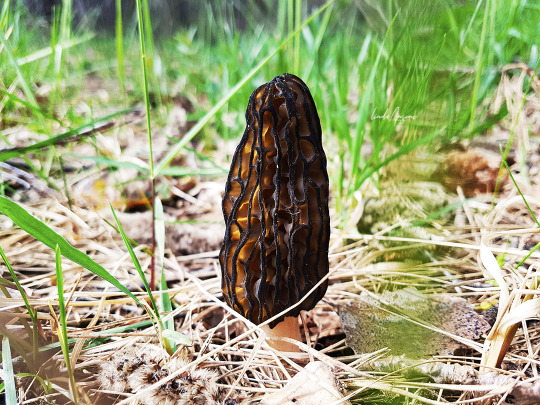

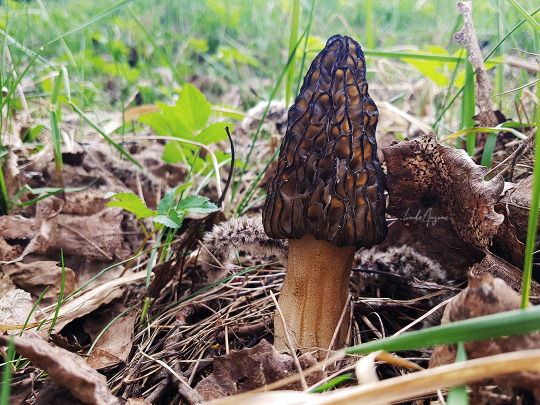

Morchella conica
Morels have been a Holy Grail of mushrooms for me. They're pretty common, yet I could never spot one. I'm always in the wrong place or time for them. But my luck changed for the better this Spring (April 12, 2024)
#morchella conica#morels#morel mushrooms#edible mushrooms#mycology#mushrooms#fungi#mushroom photography#nature photography#original photography#i went all across the city to look for morels in a park with no luck#but then I found these guys the next day in my town XD
352 notes
·
View notes
Text
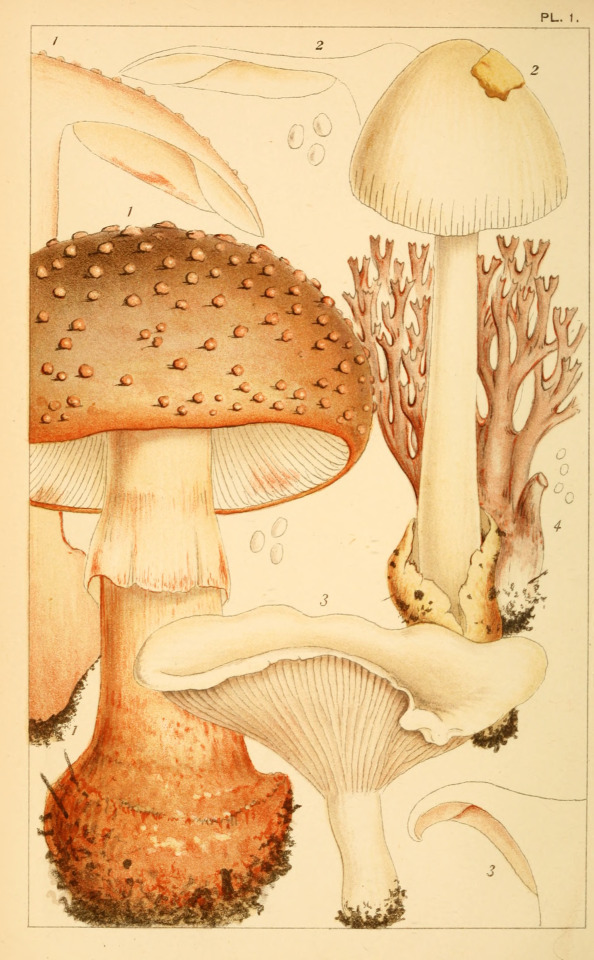
British edible fungi : how to distinguish and how to cook them. 1891. Frontispiece.
Internet Archive
#mushrooms#fungi#frontispiece#botany#science illustration#edible mushrooms#nemfrog#1891#19th century
599 notes
·
View notes
Text

Another sketch dump for another #Funguary idea I couldn't finish.
#funguary2024#mushroom#mushroomgirl#edible mushrooms#inky cap#sketchdailies#art#artists on tumblr#pinup
27 notes
·
View notes
Text
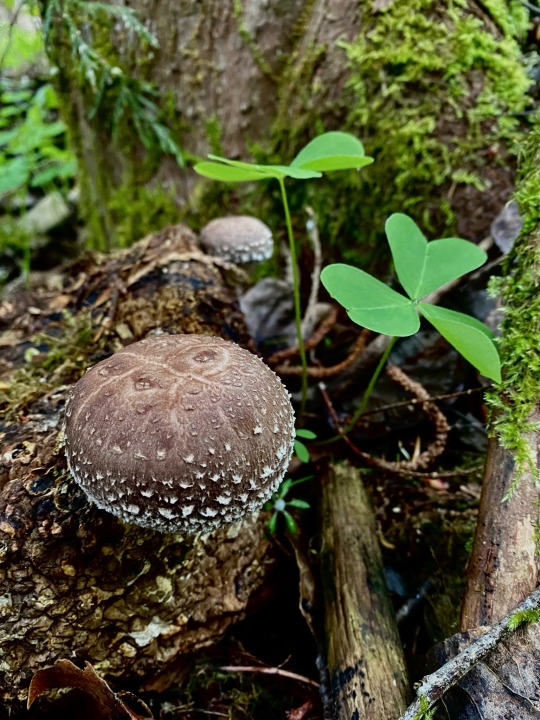
free range shiitake..
218 notes
·
View notes